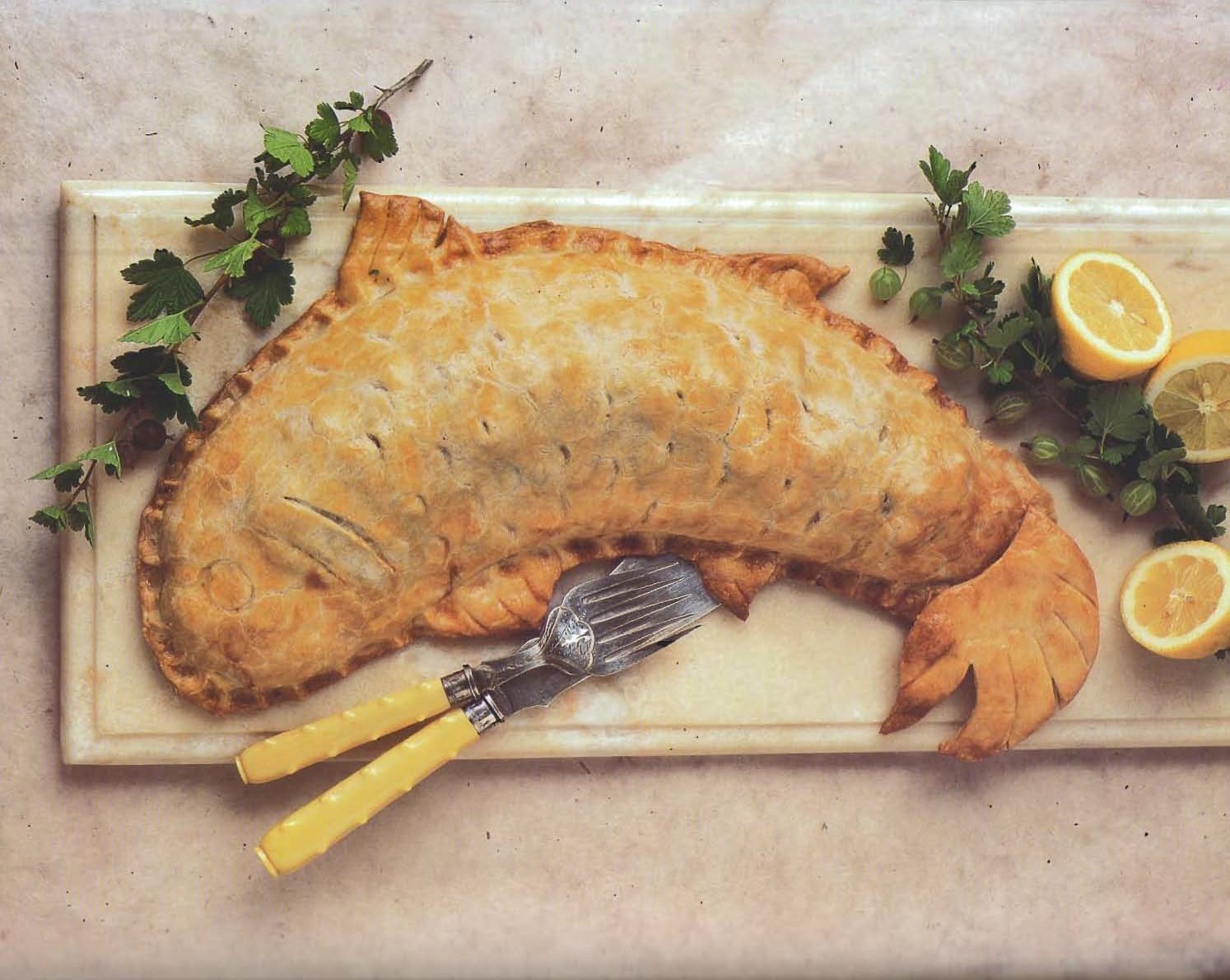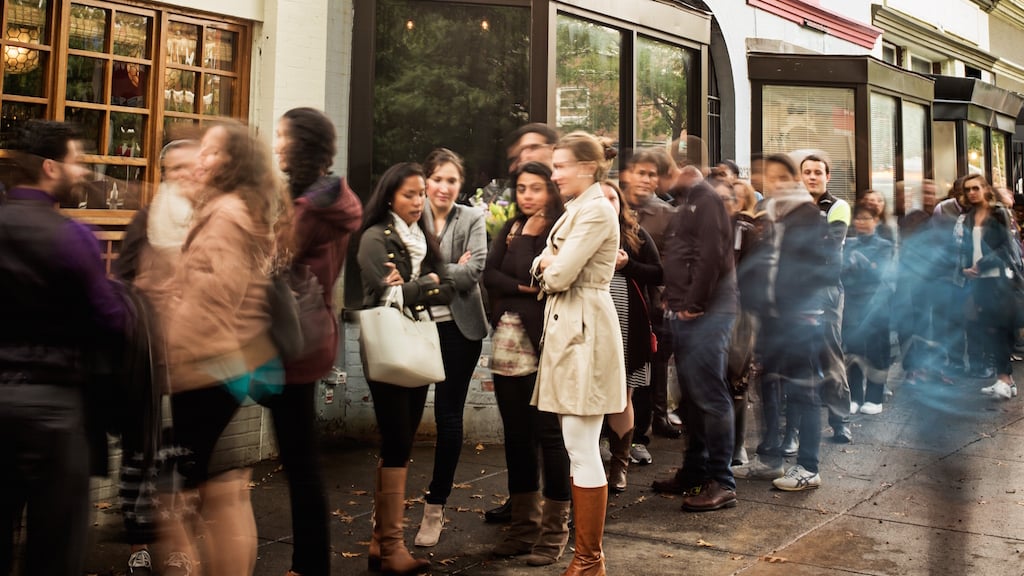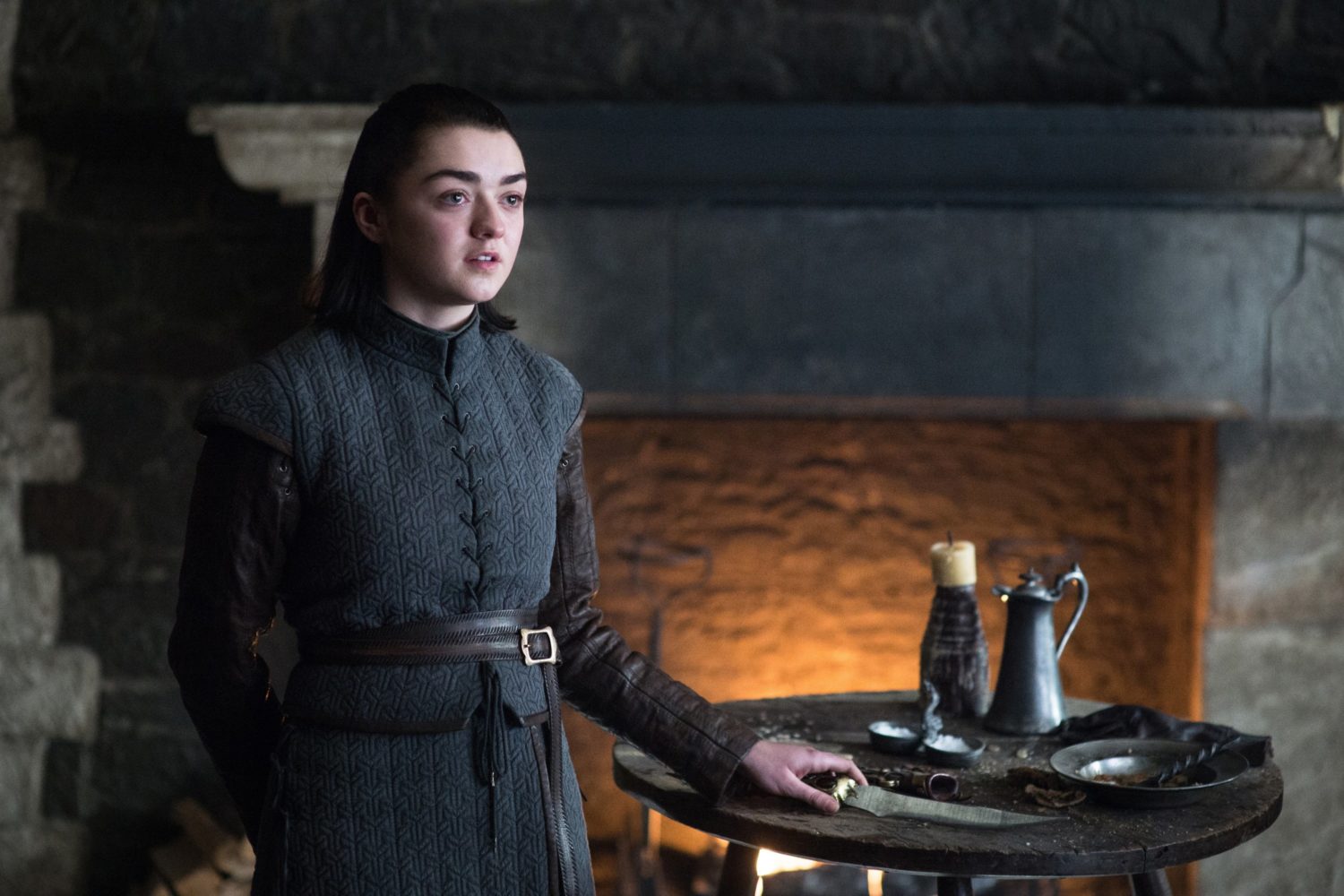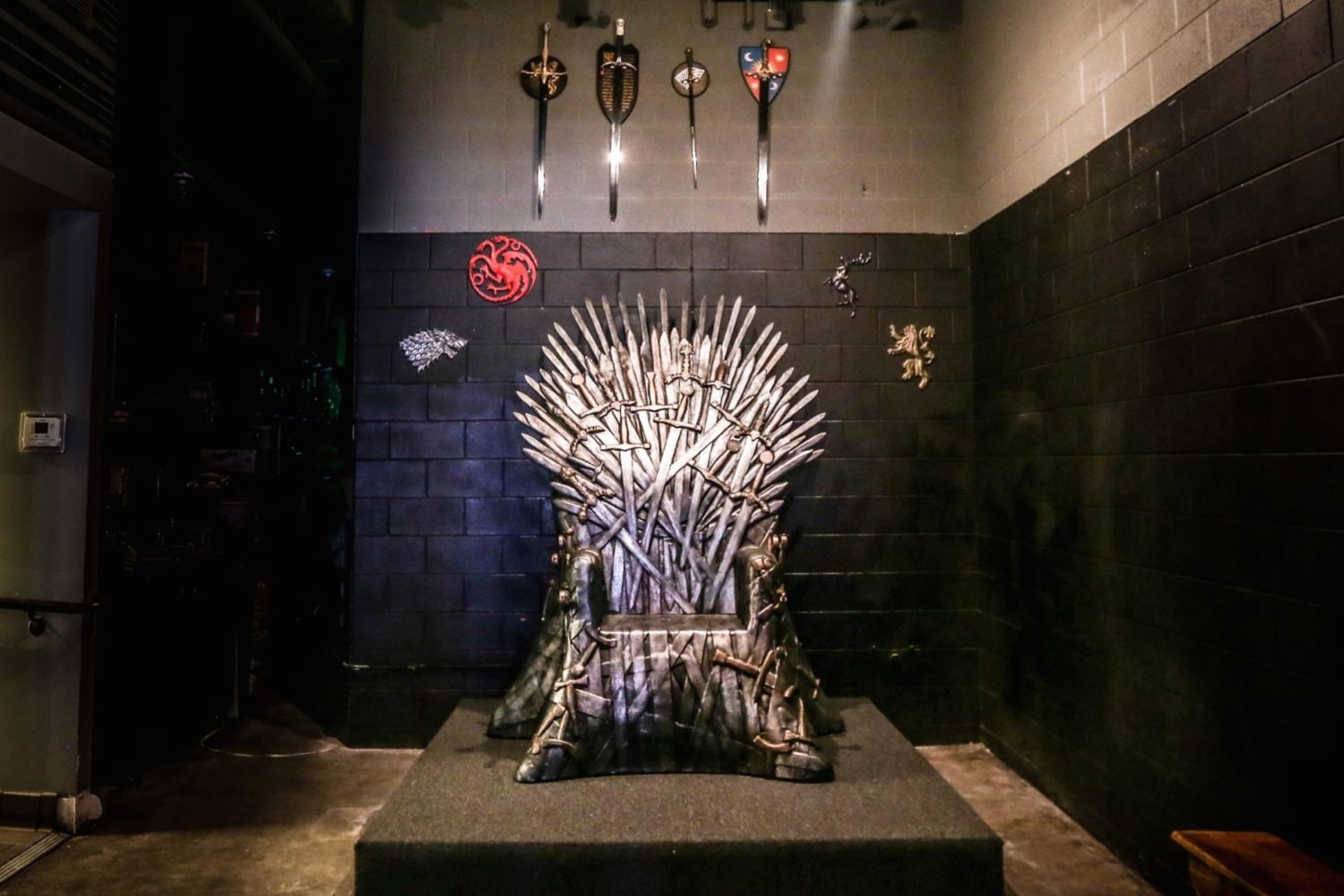A massive ceremonial pie filled with live birds that take flight upon slicing seems fitting for the fantasy world of Game of Thrones. But in truth, King Joffrey’s “pigeon pie,” served moments before his death at the Purple Wedding, is one of many real-life details author George R. R. Martin pulled from Medieval culinary history when it comes to the food and drink in the popular book and HBO series.
“[Martin] did amazing research understanding what the Middle Ages was like, and he pulled from real cookbooks and resources,” says food historian Francine Segan, who’s leading a Game of Thrones-themed talk and tasting at the Smithsonian Associates on July 15.
The 700-plus page books are much foodier than the show, because as Segan points out, “It would be a 1,000 hour TV show otherwise.” Sussing out the culinary truths—which are sometimes stranger than the fictions—is fun regardless. We talked to Segan in advance of the series finale about food in the Seven Kingdoms and real Middle Ages, and how much crossover there is between the two.
How did you go about your research?
I weaved together what he put into the books with the real Middle Ages so the audience can see what was his fantasy and what was real. There was so much that sounds weird but was really true. The wedding cake with 100 live doves—that is something they so did at medieval dinner parties! The recipe is so cool. At the end it’s like ‘If you’re having trouble tethering the birds in the pie, don’t worry, you can also do this recipe with garden snakes or frogs.’ I love when cookbook authors give you a choice for recipe ingredients.
Why did Middle Age diners love theatrics so much?
That was all they had to do! The big events would have been feasts. This was a chance to show off all kinds of talents. The cookbooks of the time said every course had to have a special surprise. They’d have a roast swan—this is one of my favorite things they did back then—to shock and amuse the diners. The instructions were to carefully take off the skin of a swan or peacock, roast the bird, then put the skin back on with the feathers so it looks alive. They’d put it on a platter, put some camphor in its mouth, and light it on fire so it looks like it’s a fire-breathing creature. Then you’d have it “float” to the guest of honor by serendipitously hiding a servant under the table and having him pull a chain so the platter floats across the table. You cannot make this stuff up.
What are your favorite food scenes from the show or books?
I loved when Sansa Stark talks about how lemon cakes are her favorite in the second season. Connecting her with something so delicate underscores how she’s the little bird at that point. On the other hand, a disgusting one, I loved Daenerys eating a raw stallion heart. That’s something they believed in the Middle Ages, that eating a powerful body part, the core of the creature, would give you the power of the creature. It showed how brave and wonderful she was.
Are there any of these traditions that are still current to today?
Yes, absolutely. For example, gingerbread comes from the Middle Ages. Ginger was so expensive and prized, they would make these gingerbread houses of the estate or of the host or guest of honor, which we’ve kept as gingerbread men.
You know when you clink your glasses together? We say ‘drink a toast.’ That’s because up in England, they didn’t have wine growing yet. It was from the continent: France, Portugal, Italy. So the wine wasn’t as good as when they traveled. To make it taste better they’d put a piece of toasted bread in the glass—they thought it absorbed some of the yucky flavors. Then they’d say “Drink to the toast,” meaning drink all the way down. Over time it changed to just ‘a toast.’ But that’s not the word they use in France or Italy for raising a glass and clinking.
This interview has been edited for length and clarity.











